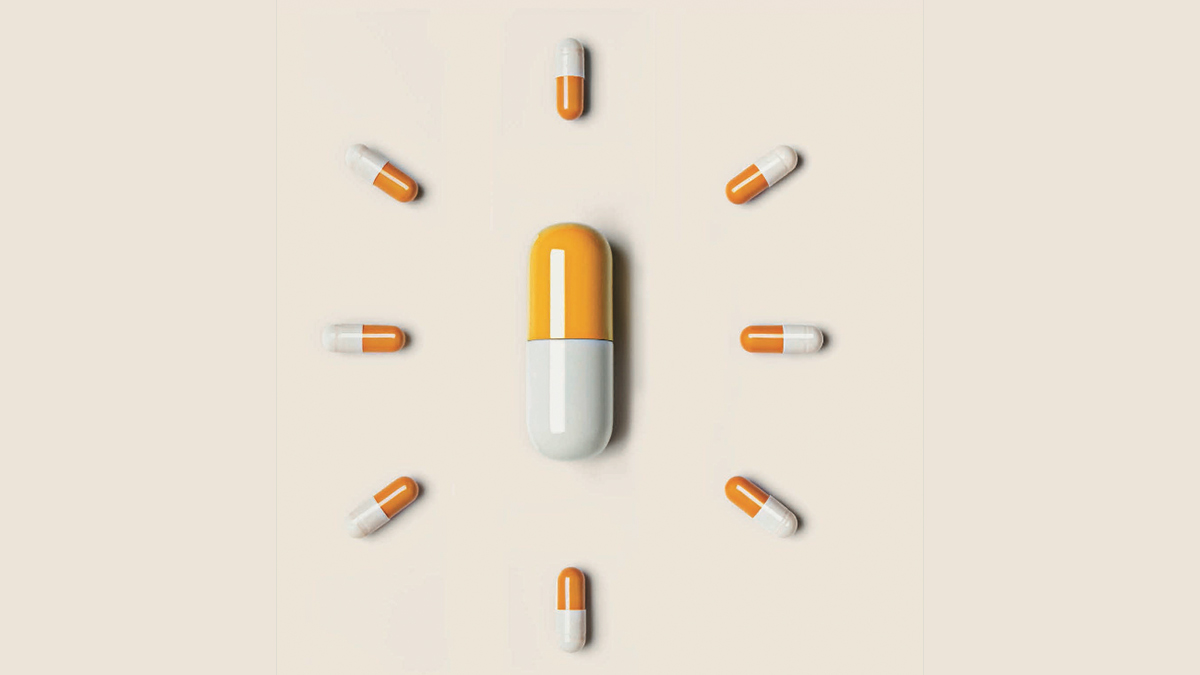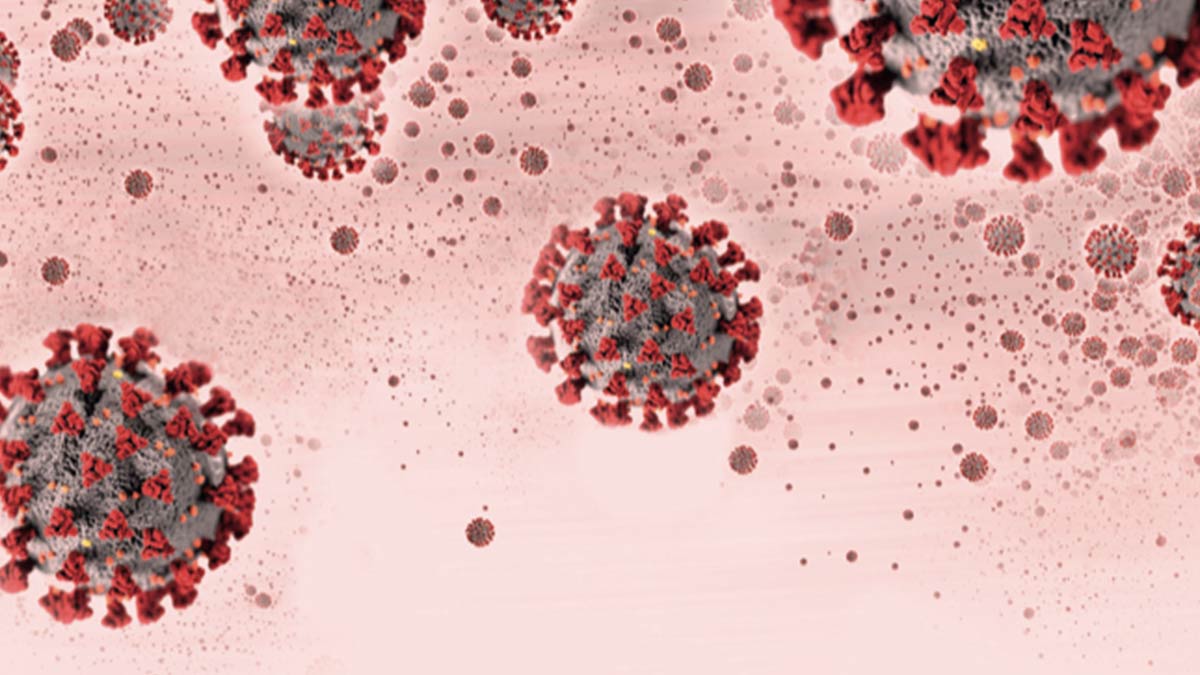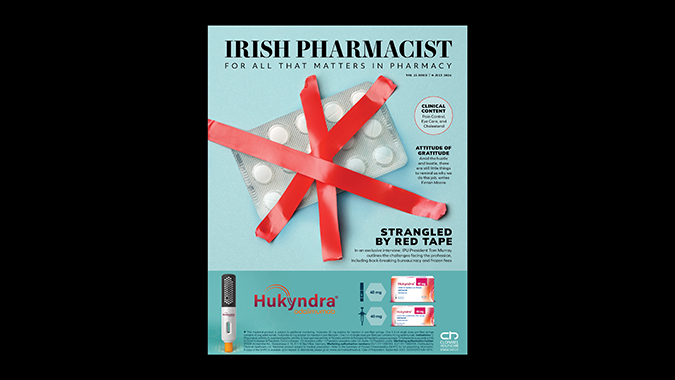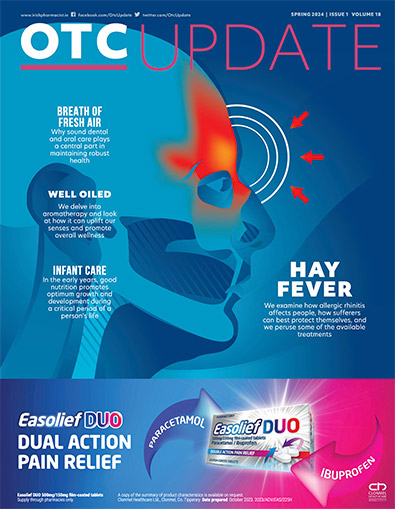The latest National Drug and Alcohol Survey presents us with a mixed bag of results, writes Dr Des Corrigan.
The recently-published bulletin on the 2019/2020 National Drug and Alcohol Survey (NDAS) contains a mixed bag of results. Some relating to tobacco are welcome, while others relating to problematic alcohol use are a wake-up call for service providers and policy-makers.
Lifetime use of tobacco among 15-to-64 year-olds has fallen consistently, from 33 per cent in 2003 (when the survey was first conducted), to 19.5 per cent in 2020. Current smoking was reported by 17.4 per cent of those questioned, corresponding to 680,000 of adults over the age of 15. Another one million describe themselves as ex-smokers. This is the first time these ex-smokers outnumber current smokers, a fact that should give policy-makers a major boost to minimise further tobacco use in Ireland.
Most smokers do so daily and a quarter of them smoked at least 20 cigarettes a day. This level was most likely in those described as most deprived, it being three times greater than in those least deprived. Given that a pack of 20 costs €14 at the time of writing, many poorer people are spending €91 a week on tobacco alone, which must be a huge drain on already scarce income. The other piece of good news is that the proportion of those stating that they had never smoked has increased, from 40 per cent in 2003, to 57.6 per cent in 2020. Thus, all those, especially pharmacists, involved in smoking prevention and cessation programmes have much to be proud of, based on these results.
There is much less to celebrate about in the results concerning the nation’s favourite drug — alcohol. The survey calculates that nearly three million of us are current drinkers. Over half of us drink at least once per week and perhaps surprisingly, it is the older generation who are nine times more likely to report alcohol use at least four times per week. However, the amount of alcohol consumed by older people during a typical drinking session, at 3.6 standard drinks (a standard drink of 10 grams of pure alcohol is found in a half-pint of beer; a pub measure of spirits or a small glass of wine), is much less than the six standard drinks consumed by 15-to-24 year-olds. A sizeable minority (19.5 per cent) of males reported consuming 10 or more drinks on a typical occasion. Many Irish people would not see three pints of beer as being heavy drinking but internationally, consumption of six or more standard drinks on any one occasion at least once a month is defined as Heavy Episodic Drinking (HED), more popularly referred to as ‘binge drinking’.
lcohol-related harm (accidents, fights, marital or home problems and health issues) using levels of HED revealed by survey participants, as well as the WHO Alcohol Use Disorder Identification Test-Concise (AUDIT-C) based on answers to questions on frequency, volume consumed, and HED. Additionally, the extent of Alcohol Use Disorder (AUD) was calculated using the 11 criteria set out in DSM-5. The term ‘Use Disorder’ is now the preferred term for problematic use of any substance up to and including dependence. It apparently is designed to avoid stigmatising those seen as having problematic levels of use of a range of drugs, including opioids, stimulants and cannabis.
To be diagnosed with AUD, an individual must meet two or more criteria, such as: Role impairment; hazardous use; social problems; tolerance; withdrawal symptoms; longer or more use than planned; reduced activities because of drinking; continued drinking despite physical or psychological problems; and craving for alcohol.
Monthly HED was reported by nearly 40 per cent of drinkers, with 23.7 per cent engaging in such use on a weekly basis. Younger males were the most likely to fall into this category. It is those living in the most deprived areas who were most likely to be hazardous drinkers. AUDIT-C screening revealed that more than half of all Irish drinkers could be classified as hazardous drinkers. However, there is some good news in that the overall level of drinkers with AUDIT-C scores in the hazardous range fell between 2015 and 2020.
The 2019/20 NDAS is the first to measure AUD and last-year prevalence was found to be 14.8 per cent, or a staggering (no pun intended) 578,000 of the adult population.
Surprisingly and perhaps shockingly, AUD was most prevalent in females aged 15-to-24 years, although young males were not far behind. It has long been known that women are more susceptible to alcohol than men because of lower levels of muscle mass and body water. Levels of cirrhosis of the liver have increased among women in recent years. This is not a complete surprise, since drinkers with AUD are, according to the survey, 13 times more likely to report experiencing a range of alcohol-related harms compared to drinkers who did not engage in HED or meet criteria for AUD.
It is clear that alcohol continues to be the drug that causes most harm in this country. The results from the NDAS reflect the level of treatment demand for problematic alcohol use, as set out recently by the HRB. It reported that over 51,000 cases were treated between 2014 and 2020. This suggests a significant level of untreated individuals, a large number of whom are polydrug users of cannabis, cocaine (use of which almost doubled in this cohort in 2020), and benzos.
While the inclusion of alcohol within the National Drug Strategy continues to make sense, there is an urgent need to reduce harmful levels of alcohol consumption, both individually and collectively. Given the centrality of alcohol in Irish life, this is no easy task. The positive impact of once controversial tobacco control policies shows what is achievable, if the political will is there. It will be interesting to see if alcohol control measures, including minimum pricing rules as set out in the Public Health (Alcohol) Act 2018, have a similar impact on our drinking habits. I would like to think they will, but I am not optimistic when I recall that a main topic of discussion during the pandemic was about when pubs could reopen.
Contributor Information
Dr Des Corrigan, Best Contribution in Pharmacy Award (winner), GSK Medical Media Awards 2014, is a former Director of the School of Pharmacy at TCD and won the Lifetime Achievement Award at the 2009 Pharmacist Awards. He was chair of the Government’s National Advisory Committee on Drugs from 2000 to 2011. He currently chairs the Advisory Subcommittee on Herbal Medicines and is a member of the Advisory Committee on Human Medicines at the IMB. He is a National Expert on Committee 13B (Phytochemistry) at the European Pharmacopoeia in Strasbourg and he is an editorial board member of the Journal of Herbal Medicine and of FACT — Focus on Alternative and Complementary Therapy.







